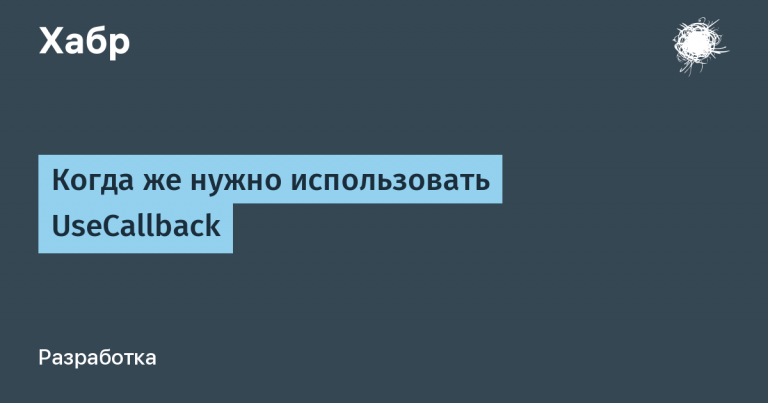Exchange and risk management: 5 tips for diversifying your investment portfolio

Picture: Unsplash
When the market is growing, it is difficult to imagine a negative development. But as the situation of recent weeks once again confirmed, one can never be one hundred percent sure of continued growth. Various factors can influence the market, including those that no one could have predicted.
Therefore, it is extremely important for any investor to think about portfolio diversification, which will balance risks and control possible losses. Our new material contains 5 tips for creating a diversified investment portfolio.
What is diversification?
In simple terms, diversification is an approach in which an investor forms a portfolio containing various financial instruments.
Diversification is to create a portfolio that includes a wide range of various financial instruments and assets of different classes. This allows you to reduce the unsystematic risk that arises when investing in a particular company – in contrast to the systematic risk that arises when investing in specific markets as a whole.
Here are some things to keep in mind when forming a diversified investment portfolio.
It is important to use different types of assets.
The key idea of the diversification concept is that you cannot invest in one share or in shares of companies in the same sector. Ideally, distribute investments between several companies from different market segments. At the same time, it is better for novice investors to invest in the securities of well-known and reliable companies.
It is important to remember that stocks are far from the only investment tool. There are ETFs, model portfolios, structural products, after all, in Russia you can open an IIS account and receive a tax deduction.
It is important to keep balance. The investor must create a portfolio that he really can manage and control it. There is no point in buying 100 different stocks and other instruments at once, if then you simply don’t have enough time to even keep track of so many assets. 20 or 30 instruments in a portfolio is a reasonable maximum in this situation.
Indices are a good option for diversification
At its core, an index is an indicator of price changes for a particular group of securities. Roughly speaking, this is a “basket” of stocks united on some basis.
The set of securities included in the list on the basis of which the index is calculated determines what information can be obtained by observing the dynamics of this index. Typically, the purpose of compiling a stock index is to create an indicator with which you can understand the general direction and “speed” of the movement of stock quotes of companies in a particular industry.
Investing directly in indices is an unrealistic task for private investors, since they include many companies whose stocks can be expensive. To use the conventional S & P500, you will need to buy the shares of all companies in the appropriate proportion, it takes millions of dollars.
In order to use indexes without the need for such huge investments, the ETF (Exchange Traded Funds) tool was created. In fact, these are foreign exchange investment funds, which are a portfolio of shares or other assets that completely repeat the composition of the target index. For example, ETF with ticker SPY reflects the dynamics of stocks of the S & P500 index. Shares of ETFs themselves are also traded on an exchange.
The key to success is regularity.
There is an approach that involves distributing investments over time. For example, if an investor has a contingent $ 10,000, he should regularly invest equal amounts in a specific stock portfolio. This allows you to buy more stocks when their price drops, and fewer stocks with a maximum price.
An exit strategy needs to be thought out in advance.
In the long run, markets are growing, but not everyone can afford to buy stocks and hold them for decades. In addition, it is necessary to analyze the changing situation in the markets and in the world. It is important to study the affairs of companies whose stocks you have in your portfolio.
A good idea here is to determine for yourself in advance the criteria for exiting a position for each instrument or for selling groups of assets. This will allow, among other things, to fix losses on time, limiting them at an unfavorable time.
Always keep track of the fees.
For investments on the stock exchange, the costs are not limited only to the value of the acquired assets. The exchange and brokers charge their commissions. Depending on the service tariffs, various subscription costs and additional charges may occur.
You need to analyze all your costs in determining the profitability of the portfolio. Otherwise, it may turn out that a seemingly successful transaction in practice is unprofitable due to associated costs.
ITICapital Rates Available at link on our websiteIt also provides a convenient calculator for quick calculations.
To make transactions with stocks and other instruments on Russian exchanges you need a brokerage account – open it can online.
Read reviews, market analytics and investment ideas in Telegram channel ITI Capital




